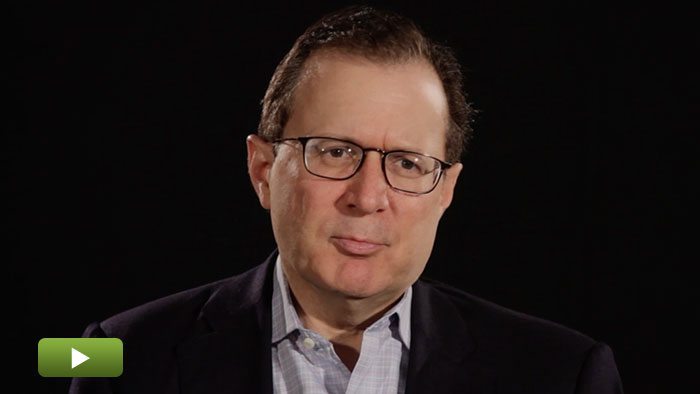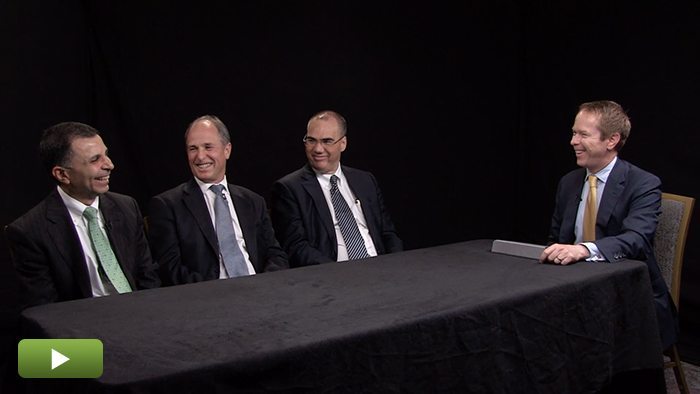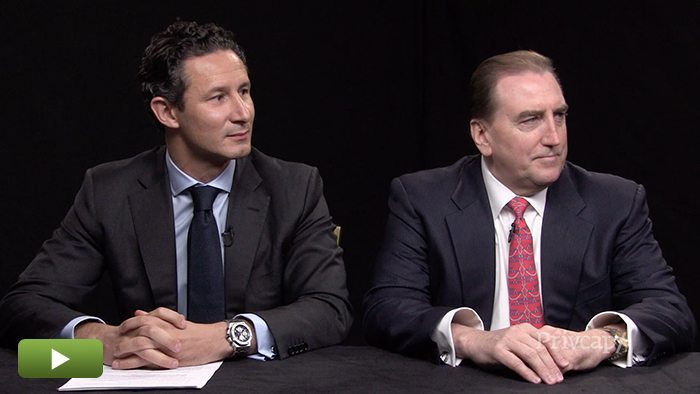Taking the Temperature of EM Investors
Interest among LPs to invest in the emerging markets remains strong, despite the challenges they face. Robert van Zwieten, president and CEO of the Emerging Markets Private Equity Association, discusses what these roadblocks are, the state of fundraising in emerging economies, and why local LPs may have a leg up in some markets.
Transcript Download Transcript
Taking the Temperature of EM Investors
With Robert van Zwieten of EMPEA
David Snow, Privcap: Today we’re joined by Robert van Zwieten of the Emerging Markets Private Equity Association, or EMPEA.
Robert van Zwieten, EMPEA: Thanks for having me. I appreciate it.
Snow: We’re talking about the emerging markets. Your association has been around for…11 years now?
Van Zwieten: Ten and a half years.
Snow: And during that time, the interest in emerging markets among private equity investors has surged. Emerging markets, over the past few years, have softened. So, what does that mean for your members who are active investors in the emerging markets?
Van Zwieten: Emerging Markets Private Equity is a long-cycle asset class and it’s got a lot of sophisticated investors invested in it. They have been investing in lots of vintages and they will continue to do so. We always do global LP surveys. We’ve just done our 11th, and 78% of the LPs we surveyed said they will maintain or increase their commitment to emerging markets private equity. That is, I would say, slightly lower than in the past, so I think some investors might have gotten perhaps a bit more reticent. But the sophisticated institutional investor stays the course.
Now, if you would be a institutional investor that’s relatively new or completely new to emerging markets and emerging markets private equity, this actually—to me and to many in the industry—feels like a great time to enter for the first time. Granted, there is some political risk in some, but returns will compensate for that. And, of course, you need to compel or convince your investment committee that this is the right time for this asset class.
Snow: Given the uptake in reticence among some investors, are emerging markets GPs finding it harder to fundraise in the current environment?
Van Zwieten: There’s a real dichotomy on the fundraising trail. The larger, established GPs do not have a lot of difficulty fundraising. And if you extend that to, I’d say, the top of the market—the Carlyles, the KKRs of this market—they feel that money’s being thrown at them. And the smaller, less established GPs with the shorter track records or no track records have as difficult a time as ever.
We see that, globally and across every region, albeit with some variations, there’s an enormous concentration of capital. We believe it’s simply a function of pension funds. And the pension funds have big bite sizes. They like to write checks of at least $100 million, sometimes up to $250 million. So you end up with the larger, more established GPs that can accommodate these checks.
Snow: Let’s talk about an important trend in the emerging markets, which is the rise of local LPs as sources of capital for private equity. How widespread is this trend? What does a typical path to a private equity allocation look like for an institutional investor in an emerging market?
Van Zwieten: The big money is still in the hands of North American and Northern European pension funds. But we see a very strong emergence of EM LPs. We see the Asian pension funds to be relatively sophisticated, but still restricted to national boundaries. The Latin American pension funds have come a very long way but, again, are mostly investing either in the U.S. or back home.
The African pension funds are the ones that largely still sit on the sideline when it comes to emerging markets private equity. There’s an interest to invest in private equity but, as we look at this question, we think it’s essentially a question of financial-sector development. It takes an ecosystem to bring these pension funds to the table.
Second, a big driver for an EM LP to step into private equity is actually its business model. If a pension fund has professional investment management, a professional board of trustees, an investment committee, a board and principal officers, it is far more likely that they’ll be willing to take a look at private equity.
But it also needs gatekeepers that are active and passionate about private equity. It takes fund-to-funds. It also helps if there’s a more or less active secondaries market, which mitigates the illiquidity of the asset class. For the sake of the industry, but first and foremost, for the sake of economic development, it will be critical to get these LPs in the game.
Snow: Maybe we can end with more detail about the fact that you just mentioned African pensions and, presumably, that LPs elsewhere who have already decided they like private equity have already created allocations, but are finding it difficult to get money out the door. Why is that?
Van Zwieten: At this point, we know LPs across the board see three main concerns in investing in emerging markets private equity fund managers. One is political risk. [The second is] currency risk—the U.S. dollar is in a steady march of appreciation against all the EM currencies. We don’t see that stop, not so much because of fundamental weakness in the emerging markets but because the U.S. economy is doing so tremendously well.
The third concern is [that] LPs indicate they do not find enough established fund managers in the regions where they’d like to invest. We need to see, I think, just a broadening out of the GP base before these large pension funds are more comfortable putting money to work. We hope that will happen in the next few years.



